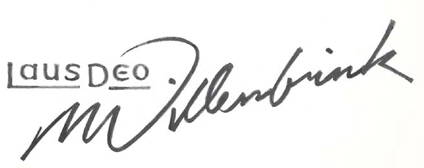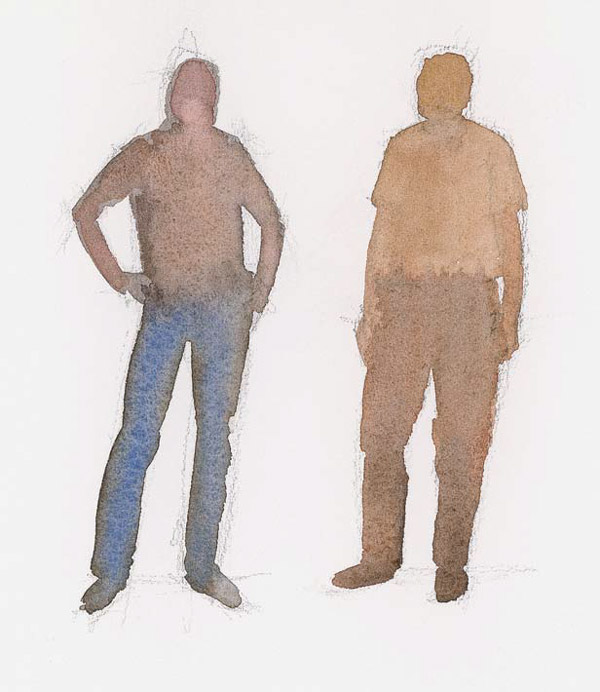
An internationally known artist and teacher living in Cincinnati, Ohio, Willenbrink works primarily in watercolor but also enjoys oils, graphite Willen-brink drawing and scratchboard. has contributed nearly forty articles to WATERCOLOR ARTIST magazine, and his published books include WATERCOLOR FOR THE ABSOLUTE BEGINNER, along with two follow-up books on drawing and oil painting for beginners, as well as a series of art-instruction workshops on DVD. He has also illustrated children's books for Harcourt Achieve and two greeting cards for National Geographic, and he has done over two hundred illustrations for Standard Publishing.

Many times I am inspired to sketch or journal when I want to record a new idea or when I see a previous subject with fresh eyes. I can also find inspiration by viewing someone else's artwork. Inspiration comes to me naturally when I am outdoors.
Sketching is recording what you see visually on paper, and it is also communicating what you see to someone else. I can't say I sketch every day for the purpose of sketching. It is natural for me to pick up a pencil to sketch what I am trying to communicate to someone or to capture something visual. I may sketch a piece of furniture I saw to describe it to my wife. I may sketch a tree or someone's face as we are sitting in the park so that I can capture the interest that has been sparked and put it down on paper. I sketch to plan finished art, to problem-solve or to study a subject for my teaching or a book I am working on. I sketch to capture or record an idea, vision or dream.
When sketching, I use different materials according to my purpose for sketching. If I am casually out and about, I may use a small sketchbook (about 6" × 9" [15cm × 23cm]) or 8½" × 11" (22cm × 28cm) copier paper used with a Masonite board and a 2B or mechanical pencil. For more serious sketching, I use larger, heavyweight drawing paper (usually 80 lb. [170gsm] or more) along with 4H, HB and 4B graphite pencils.
When sketching, I may think about how to approach a common subject in a new way or about the magnificence of the world around us, but if it's lunchtime, I am probably thinking about food.
Working out my artwork not only requires knowledge, experience, observation and talent, but it also takes the right frame of mind. When sketching, I try to be relaxed and easygoing so that I am able to be more creative and also comfortable with my artwork as I progress.
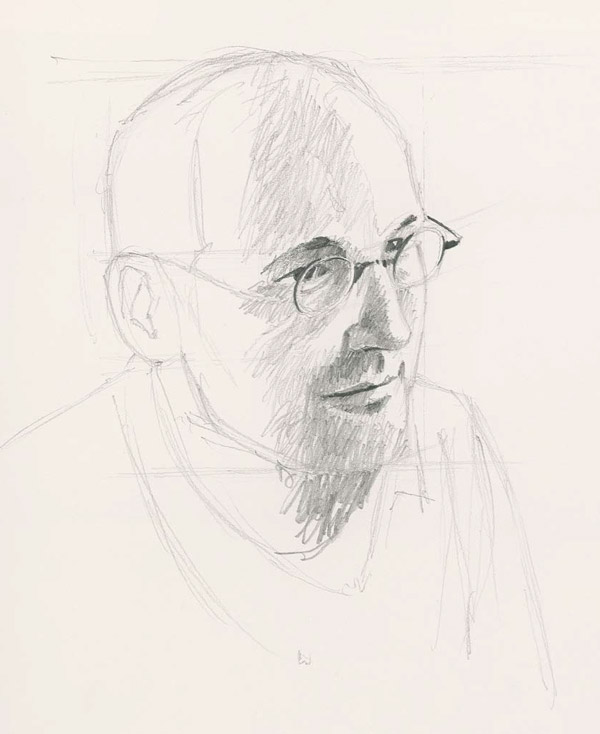
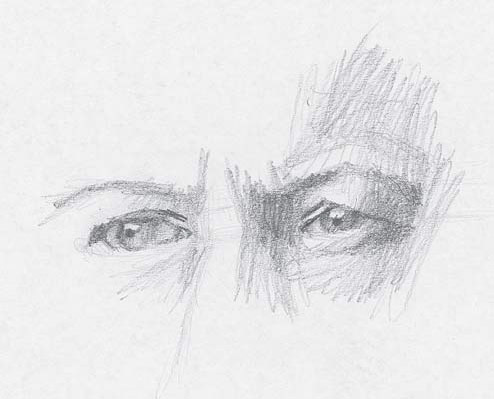
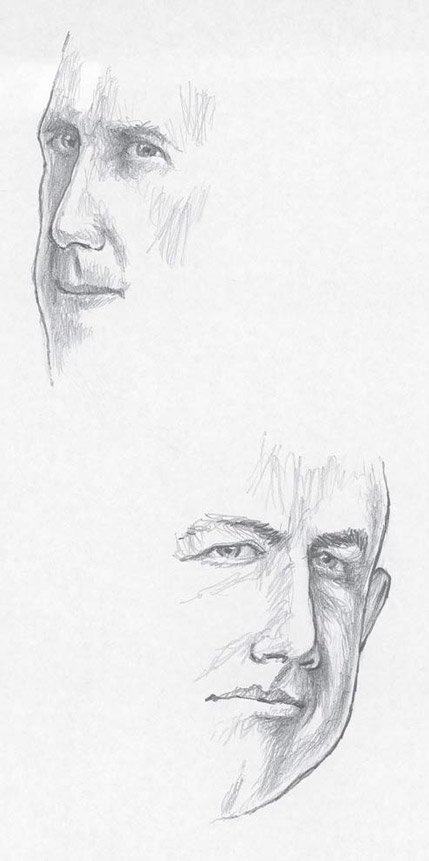
The benefits of sketching cannot be overstated. Picking up a pencil and trying to capture what is observed, translating it so that others can understand what we see, is an art form in itself. Sketching can be the beginning of that creative process. As I am sketching and considering the subject, my focus expands and I become more open to the possibilities of new subjects to study all around me. Creativity breeds more creativity.
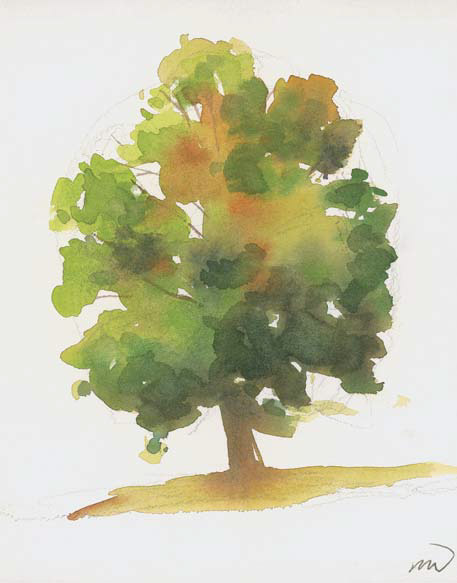
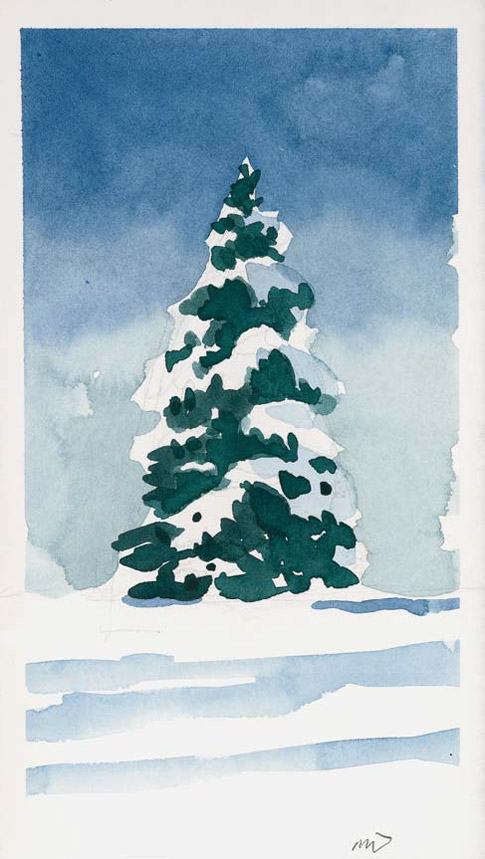
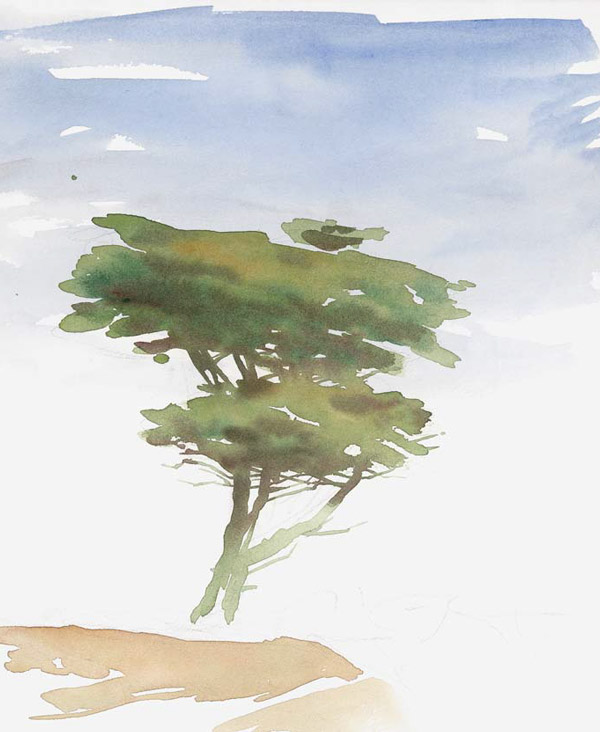
Sketching is recording what you see visually on paper, and it is also communicating what you see to someone else.
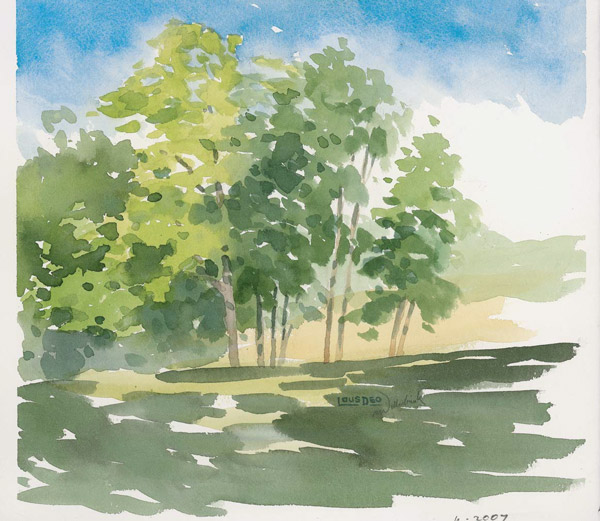
Not only can sketching shape how we see the world, but the world can shape how we view sketching. It's all interactive. Sketching involves observation of a subject that can take us into a deeper understanding of ourselves and the world around us. More than just a mechanical artist, I try to be conscious of the physical, emotional, spiritual and mental aspects of life and art.
Finished art is the culmination of ideas, an edited version of the sketches. Sketching is the development of ideas and also observational study. It keeps the mind open to creative problem-solving and new possibilities so that when you go to finished art, you will have confidence in the direction of your artwork.
It is good to develop the discipline of sketching what you observe so that you can refine your skills. Time and discipline are needed until sketching becomes so natural that it becomes a part of your everyday life.
